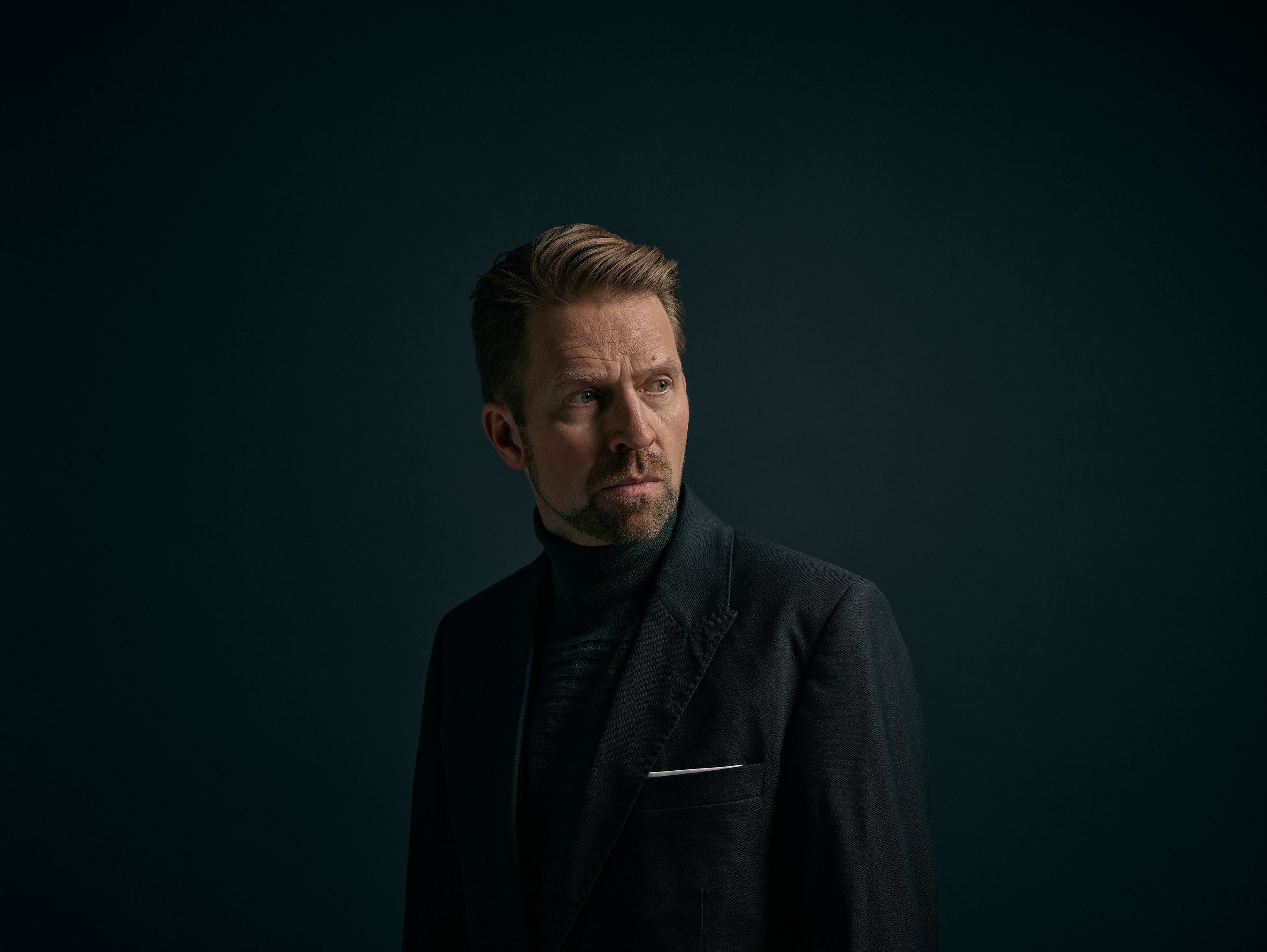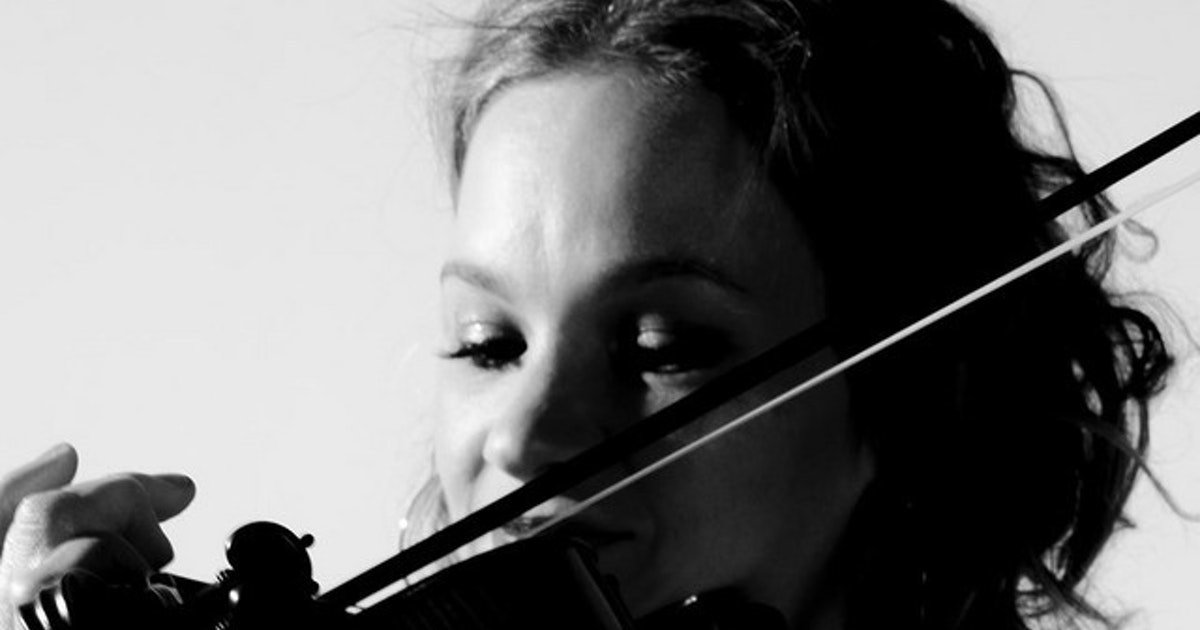Leif Ove Andsnes: a coy master

Leif Ove Andsnes, the superb Norwegian pianist, does not play often enough in D.C., so his recital last night in the Kennedy Center’s Terrace Theater was hotly-anticipated and the hall was packed. With over thirty CDs in his discography, Andsnes is one of the world’s pre-eminent artists, appearing regularly with all of the major orchestras and festivals. He is currently touring to support his latest release (on Sony), Dvořák’s nearly-unknown Poetic Tone Pictures, Op. 85, a massive cycle of 13 works, lasting just short of an hour.
It is easy to see why Andsnes is such a successful recording artist. His splendid technical equipment is wholly natural and he produces a full range of sound without banging or clenching. Most importantly, his sense of rhythm and pulse are implacable, resisting the urge to dart or drag for showy effect (which would be particularly important for doing re-takes in the studio). His mannerisms are minimal and fastidious, but the playing is always lucid and expressive within boundaries of good taste.
His diegesis of the Poetic Tone Pictures was engrossing. Dvořák was not a pianist, which makes his keyboard imagination all the more remarkable; while his textures are not as varied or flashy as, say, Liszt’s, his musical ideas are more sincere and communicative. Andsnes sought out and highlighted the pictorial or emotional core of each piece; the dank, middle-eastern feel of The Old Castle, the swaying boughs in Spring Song, the dark mischief of the Goblin’s Dance, and the nod to the chorale section of Chopin’s C# minor Scherzo in the Baccanale. I react as someone to whom the music was wholly unfamiliar, but I could find no pianistic or musical fault anywhere in the performance.
That said, the work has a single opus number, but was issued in four separate volumes, and I’m not sure that the pieces are best experienced all at once. To these ears they are a “collection” rather than a cycle, and the latter ones would likely make even more of an impression if dropped into a varied program of other pieces.
In the first half of the concert, Andsnes was unnecessarily coy, leaving the audience in the dark. He slid without pause through three works unknown to likely 97% of those in attendance before re-emerging into the familiar comfort of the Beethoven Op. 110 Sonata. The Lamento (1974) by Alexander Vustin was just a few minutes long, a gentle, bitonal barcarolle, sounding a bit as if Eric Satie offered a contribution to Bartók’s Mikrokosmos. The Janáček Piano Sonata 1.X. 1905 is in two short movements, its grim, darting, aphoristic ideas spin around in the mind, leaving us unsure what just happened. Valentin Silvestrov’s Bagatelle, Op. 1, No. 3, sounded oddly American, by way of Bernstein or Billy Strayhorn. Since the printed program contained only titles of each work, with no designation of movements, and since Andsnes played everything attacca (his pause between movements of the Janáček being longer than his pauses between pieces), the opening notes of the Beethoven elicited an almost audible sigh of relief from the audience as they finally recognized where they were. What was the point of all this? Although they weren’t drastically different from one another, the three opening pieces had nothing in common, historically, thematically, or stylistically; why toy with and irritate your loyal fans?
The concert was a presentation of Washington Performing Arts. The severe, martial encore was Kjempevise - Slåtten (Ballad of Revolt), by Harald Sæverud.
Photo by Helge Hansen, Sony Music Entertainment.





